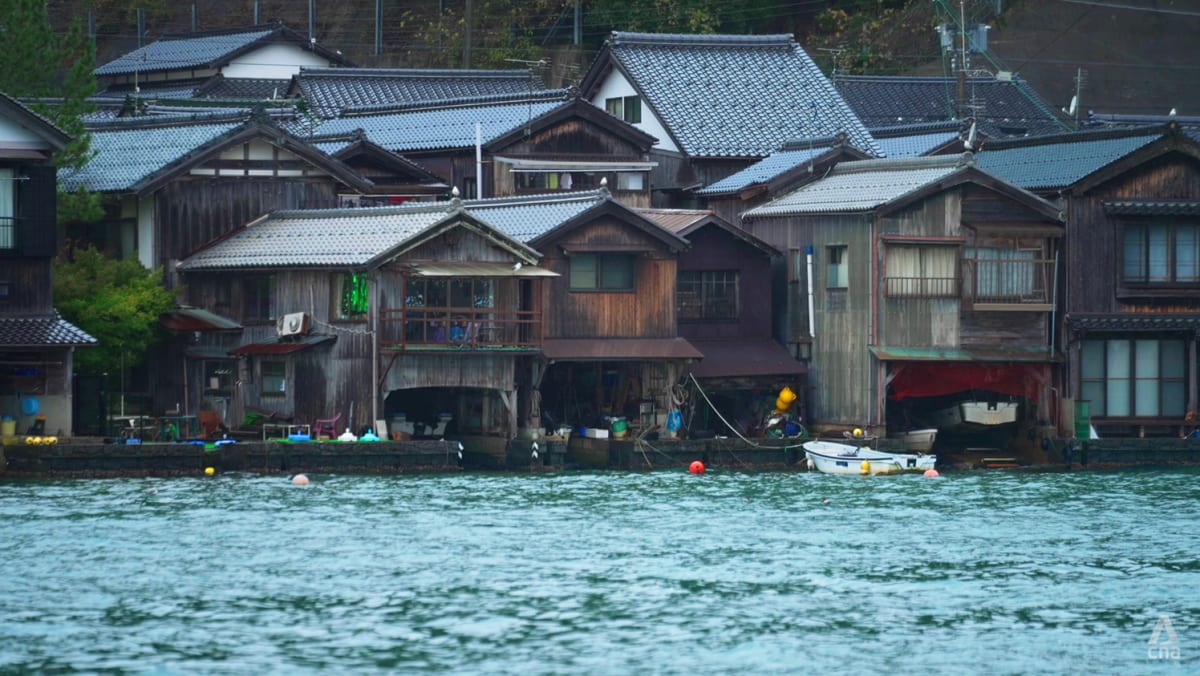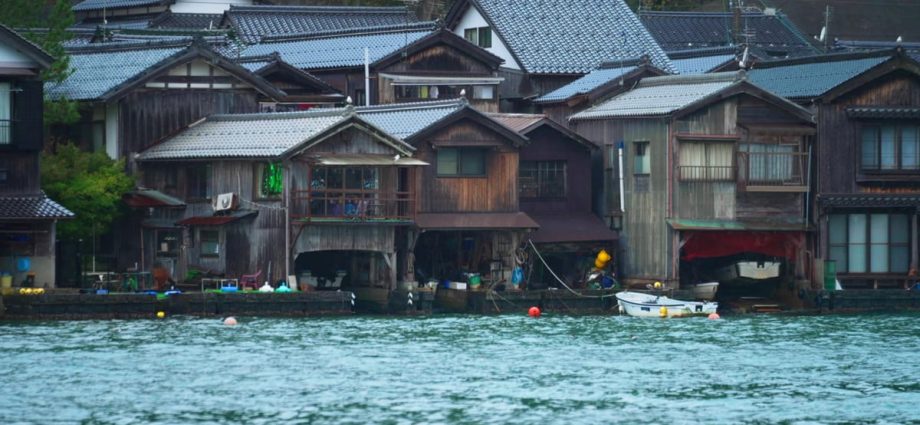
Tanaka Hideki, manager of Wadatsumi Restaurant explained: “The mountains are nearby, so the soil deposits that are full of minerals flow into the sea and provide nutrients. Additionally, it is hard for waves to form here and it is calm most of the time so fishes can be raised with little stress.”
This calm bay is also a haven for a wide range of fishes from the north and south of Japan, allowing visitors to sample a large variety of truly fresh catch. Makoto Morishita, chef of Wadatsumi Restaurant said: “The fish that is caught by the fishermen that morning is brought directly to the restaurant and by the afternoon, it will be served to the guests.”
But there is one fish that has allowed Ine to make its mark on Japan’s culinary map – buri or Japanese yellowtail, that is used in buri shabu shabu (hotpot). In winter, Ine is one of the country’s three largest fishing grounds for buri and this is where the dish was popularised. “Ine’s buri has more fat and is most delicious in December. Many guests come here just to eat it during the season,” said Morishita.

